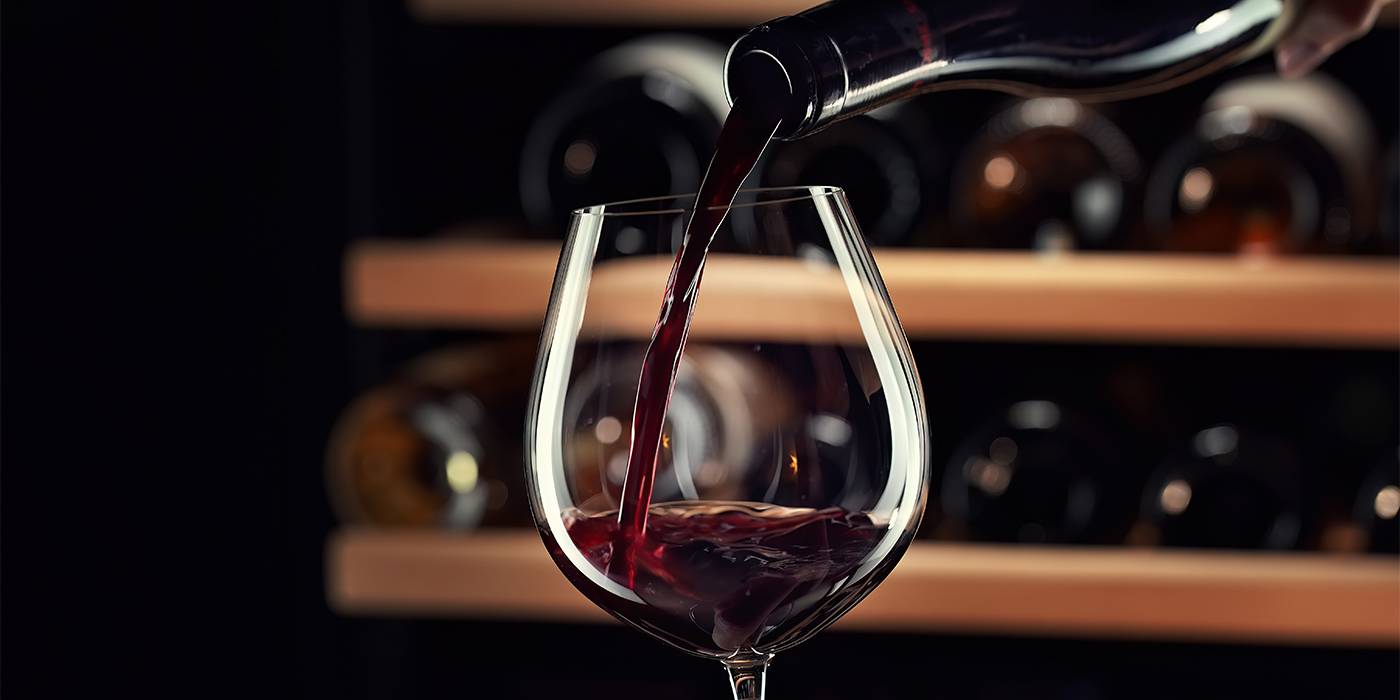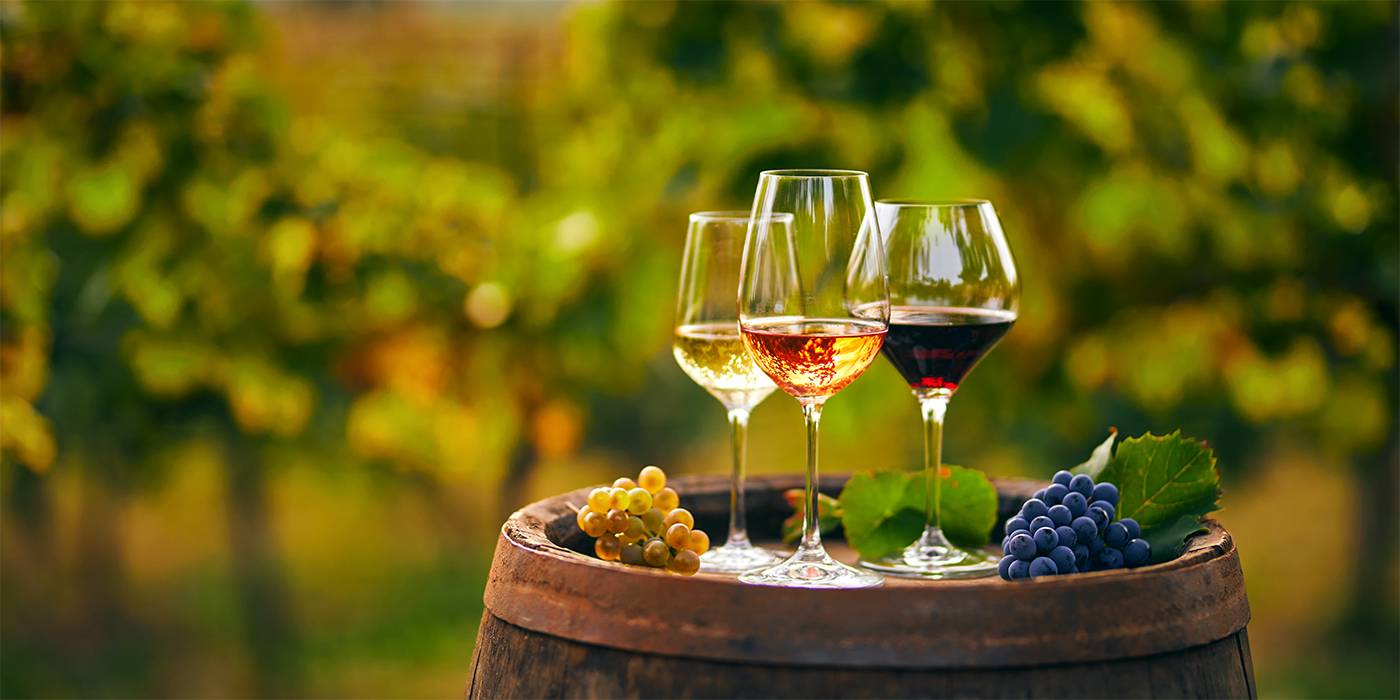What is a full-bodied wine?
Discover what the body of wine is and become an expert. At Consum we make it easy for you. Don't miss it.

Eva Pizarro
Sommelier at Fierro restaurant and trainer at Tandem Gastronómico.
It is common that when we want to order a wine for a consistent meat or a rotund dish, we think of a full-bodied wine. It is something that we have practically assumed, but do we know what we mean when we talk about full-bodied wine? And most importantly, how do I know if the wine I choose meets these characteristics?
Well, let's get to it, we will try to help you, as always, so that your choice is the most correct.
BODY WINES
When we talk about a full-bodied wine we are referring to a wine with structure, intense, powerful, we usually say. A wine that seems tasty in the mouth, and that could be considered the opposite of light or fluid. If we compare it with other drinks, we can find this sensation if we compare water with a hot chocolate, for example. Let's see the factors that influence wines to have these characteristics:
- The climate: warmer climates will favor the ripening of the grapes, therefore, the sugar content, and consequently its transformation into alcohol. The more sugar and alcohol in the wine, the more body.
- The maceration of the skins with the must: the longer the contact time between the skins of the grapes and the must, we will obtain more polyphenols and tannins and therefore more body. The clear example is red wines versus white wines, which, except in special productions, the latter do not usually spend much time in contact with the grape juice and usually results in lighter wines than red wines. This longer maceration will also provide more color to the resulting wines.
- Aging: the most tannic wines need to be aged in barrels to refine that astringent sensation caused by the tannins. These agings, usually long, will also give the wine structure and body while refining the wine.

The role of the barrel will be decisive, due to the type of wood used (the newer the more tannin) and the length of time it remains in it. Aging does not always have to be carried out in barrels, in white wines or sparkling wines, where the must is in contact with the lees for a long time, these will provide a creamy sensation giving a medium body.
- Sugar: as we have said previously, the role of sugar also influences the body of the wine by providing density, therefore, the more sugar, the more body. It is the example of many sweet or dessert wines.
- Alcohol: we have also commented that the climate can affect the alcohol, but this can also be determined by the production, as in fortified wines, where extra alcohol is added to the wine, resulting in wines with a high body.

We can already understand and intuit which wines are going to have more body, and therefore, focus on choosing the wine that we feel like at each moment, but we give you some more clues to make it even easier:
- Grapes: national varieties such as Monastrell, Tempranillo, Tinta fina or Garnacha, as well as international grapes such as: Tannat, Cabernet Sauvignon, Malbec, Syrah... they are usually synonymous with wines with good structure and body.
- Warm regions: in our country we will usually find wines with more body in regions where it is warmer such as the entire Mediterranean, Valencia, Alicante, Catalonia or Andalusia, but also in regions of La Mancha, or Castilla y León.
- Tradition in long aging: Regions such as Rioja, Ribera del Duero or Priorat usually age their wines for long periods, therefore, it is easier to find wines with structure and body.
What do you think about?
Share comments, opinions and tricks with the Community







